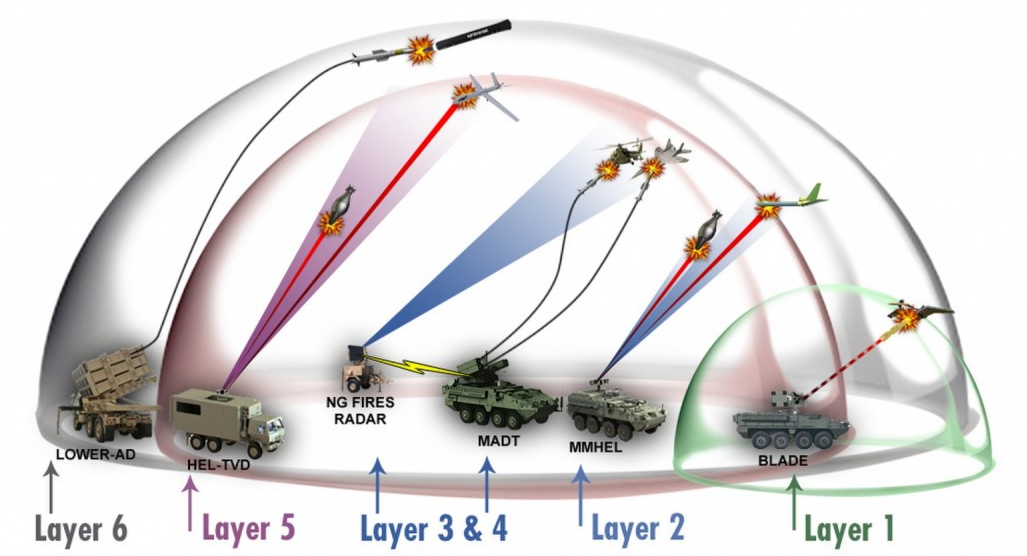Reading Activity
The purpose of a Anti-Aircraft Missile (AAM) system is to destroy threatening airborne targets. The system includes missile flight vehicle and supportive equipment such as launcher, any ground-based missile and/or target trackers, and any ground-based guidance processors.
AAM systems are the primary defense against airborne and theater ballistic missile (TBM) threats. Their objective is to deny enemy aircraft and TBMS access to friendly resources.
Air defenses consist of several layers of defensive capability, each with Long-range, high-altitude different missile system requirements. Long-range, high-altitude systems are required for widespread coverage of the field army and military bases. Medium-range systems with low- and medium-altitude capability are used to cover forward-deployed combat units and the rear areas of divisions and corps. Short-range systems, with the capability to destroy low-level threats, are used to defend airfields, depots, frontline armor, and moving columns.
Man-portable systems, also with a capability against low-level threats, are used for close-in defense.
The size of the missile flight vehicle is dictated largely by the distance it is required to fly (range) and the weight of its payload (warhead). The payload weight in turn depends on the expected miss distance, and miss distance depends on guidance accuracy. Different guidance implementations result in different potential accuracies. Missile size and configuration design requires that tradeoffs be made among all of these factors.
Current NATO AAMs range in mass from about 8 to 900 kg. The smallest missiles are hunched man-portable launch tubes; after launch they are guided by an onboard guidance system. The largest missiles fly to long range and high altitude and are supported by radars and guidance computers on the ground that interacts with the onboard guidance system.
The missile is launched by a switch operated by the fire unit crew. The missile propulsion system rapidly generates thrust and propels the missile along the launcher and into the air. Until the missile speed is sufficient for aerodynamic control, it flies ballistically. The tracking system continues to track the target and provide information on the position and motion of the target relative to the missile. The missile guidance system interprets this information and generates guidance commands that tell the missile how to maneuver to intercept the target. These maneuver commands are determined by the application of logic (guidance law) to the relative missile and target motion.
